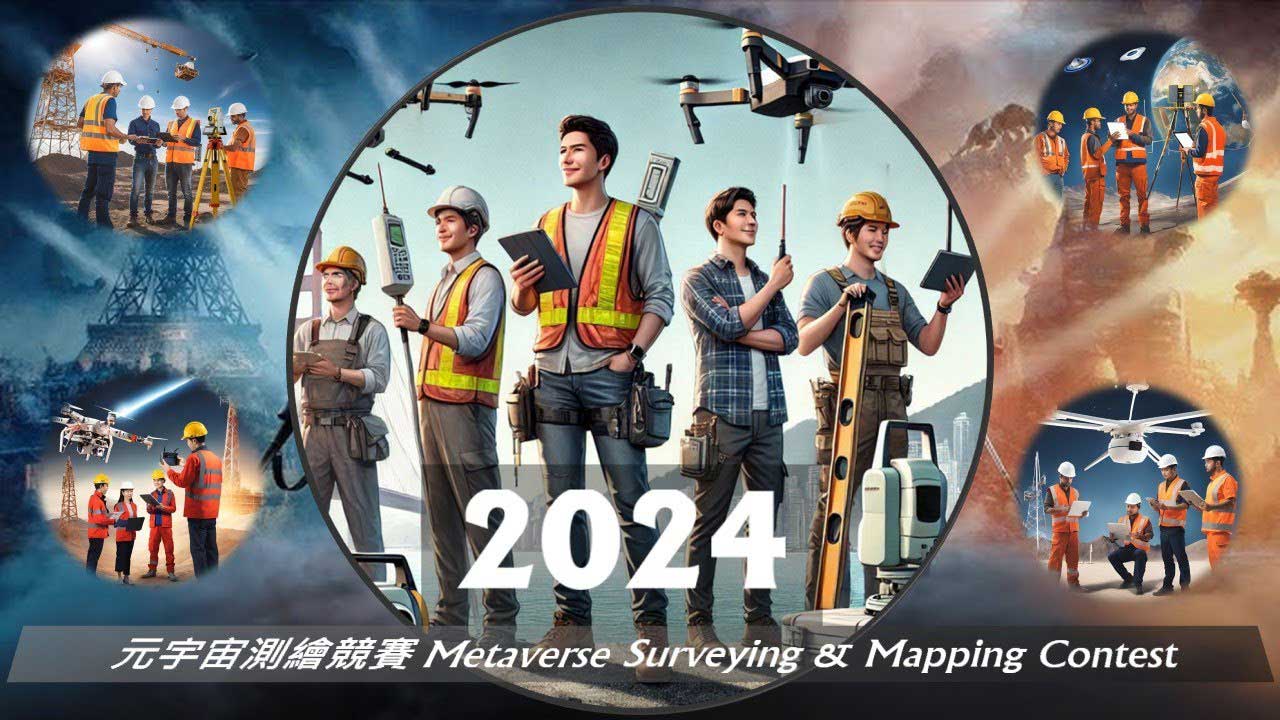Is the Metaverse Still Relevant to 3D Surveying in 2025? Explore how virtual spaces, digital twins, and immersive tech intersect with real-world laser scanning workflows.

When the metaverse hype peaked in 2021–2022, many industries explored how it might change the way we work. In 3D surveying, discussions centered on real-time digital twins, immersive jobsite walkthroughs, and XR-enabled collaboration. But in 2025, with AI and automation dominating tech headlines, the question arises: Is the metaverse still relevant to 3D surveying?
The Promise: Immersive Collaboration & Spatial Context
At its core, the metaverse aimed to offer:
- Fully interactive 3D environments
- Real-time communication and review inside scan data
- Seamless sync between field and office teams
For surveying and AEC, this promised a new level of spatial coordination and remote decision-making.
What Actually Happened?
While consumer-focused metaverse platforms struggled, the industrial metaverse quietly evolved — often under different names:
- “Digital twins” replaced buzzword-heavy metaverse talk
- Adoption moved to platforms like Unity Reflect, Unreal Engine, and NVIDIA Omniverse
- Focus shifted to practical ROI: remote inspections, simulation, and asset monitoring
Where 3D Surveying Still Connects
3D scanning remains a foundational part of immersive and spatial workflows. Real-world applications include:
- Scan-to-VR walkthroughs for pre-construction visualization
- Digital twin environments that update as new scans are captured
- Simulation and safety training based on real site conditions
In this way, the metaverse lives on — not as a destination, but as a set of connected tools.
Key Technologies Supporting This
- Game engines: Real-time rendering for immersive scene generation
- Reality capture platforms: Streamlined data integration (e.g., Matterport, Reconstruct)
- Cloud collaboration: View, edit, and annotate scans from anywhere
- XR hardware: Headsets for on-site visualization and training
The Verdict: Still Relevant — Just Rebranded
While the term “metaverse” may have lost its shine, the goals it set — immersive spatial computing, live jobsite visibility, and cross-discipline coordination — are alive and growing. For 3D surveying, the future is less about avatars and more about integrated, interactive, real-world modeling.
Conclusion
In 2025, 3D surveying is increasingly about integration — and the technologies once grouped under “metaverse” are still driving innovation. If you’re focused on future-proofing your scanning workflow, XR, digital twins, and real-time visualization should still be part of your roadmap.
Explore our immersive tech tools for survey teams or download the 2025 Spatial Tech & Surveying Outlook.

Leave a Reply